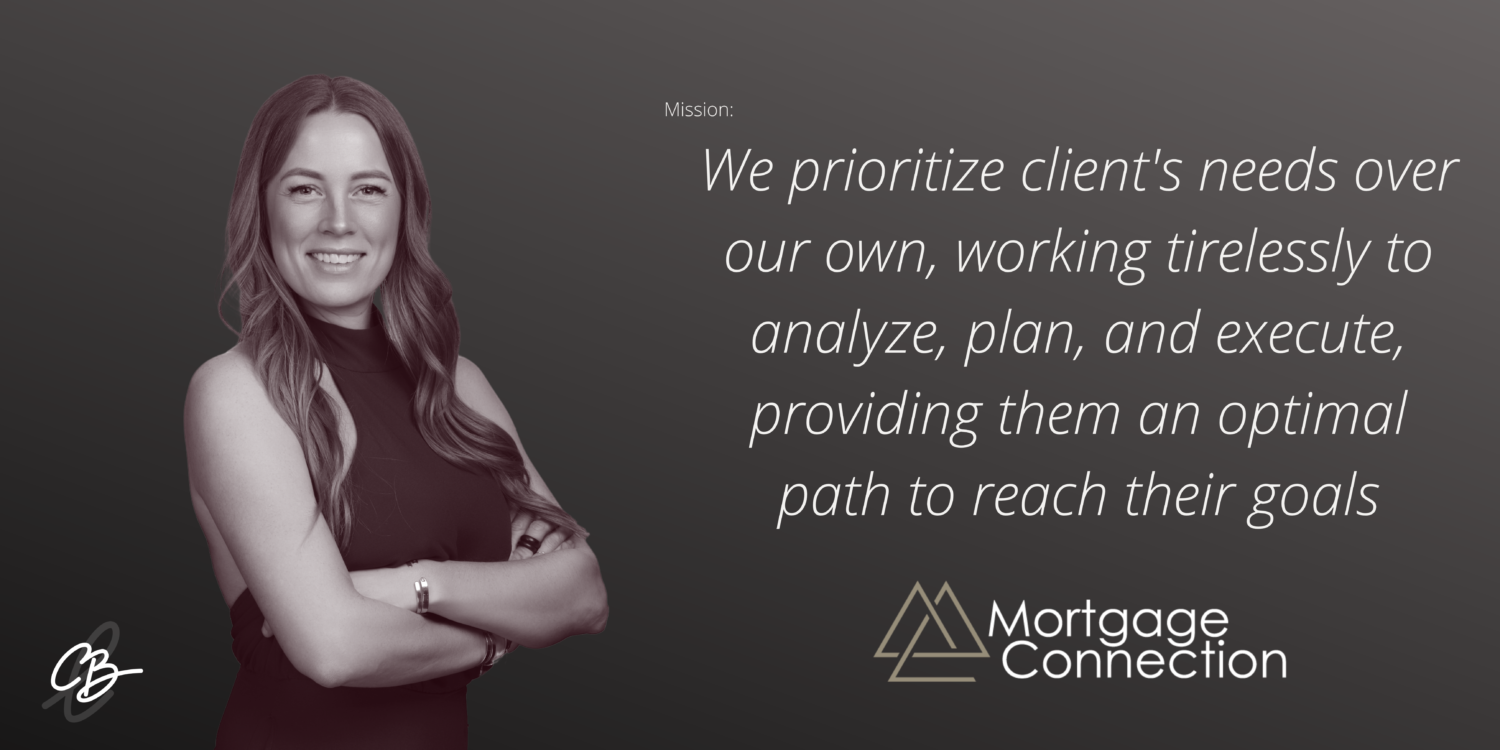If you’ve been thinking about buying a home in Alberta, you’ve probably asked yourself this question: “How much home can I actually afford with these interest rates?”
You’re not alone. This is the number one question we’re hearing across the province, from first-time buyers in Calgary to families upgrading in Edmonton.
With rates holding higher than what we’ve seen in the last few years, affordability has become the deciding factor in every mortgage conversation.
Why Everyone’s Asking This Question
For years, low interest rates made it easy to estimate what you could afford, and monthly payments were fairly predictable. But today’s market looks different.
Interest rates have more than doubled since 2021, and that shift has changed the math. Even a 1% difference in rate can mean hundreds of dollars more in monthly payments.
Combine that with rising property taxes, insurance costs, and tighter lending rules, and suddenly, “How much can I afford?” isn’t a simple question anymore.
The Real Answer: It Depends on More Than Just Your Rate
Your affordability is shaped by a few key factors:
-
Your income and debts: Lenders use your debt-to-income ratio to see what you can handle comfortably.
-
Your down payment: The more you put down, the more flexible your options.
-
Amortization period: Spreading payments over 30 years lowers your monthly cost (but increases total interest).
-
Type of mortgage: Fixed or variable? Insured or conventional? These choices all affect your payment and risk level.
A quick pre-approval or affordability review can show you exactly where you stand before you start shopping.
What Albertans Are Doing About It
Many buyers are adjusting their expectations, looking slightly outside the city, choosing smaller homes, or buying with family members to share the costs.
Others are taking advantage of shorter-term fixed rates, planning to refinance when the rate environment softens.
The key takeaway? You still have options, you just need to understand your numbers.
More Than Just a Mortgage Rate
When you work with me, you’re not just getting a rate, you’re getting a plan.
I’m with you through the entire life of your mortgage, not just on closing day. As your life changes, whether you’re growing your family, buying an investment property, or simply wanting to get ahead financially, I’ll be there to make sure your mortgage keeps working for you.
My goal is to save you as much money as possible along the way. Sometimes that means getting you the lowest rate, but often it means looking deeper, at terms, penalties, flexibility, and long-term strategy. Because a great mortgage is about more than the number on the rate sheet.
Final Thoughts
Buying a home in Alberta today isn’t about guessing how much you can afford. It’s about knowing.
And having someone in your corner who helps you make confident, money-smart decisions, every step of the way.
Added Bonus
Honouring our Heroes this Remembrance Day
Each November, we pause to remember the courage and sacrifice of those who served our country. Here in Calgary, MOCO is proud to support the Field of Crosses through our community initiatives with Connected to the Community (CTTC).
The Field of Crosses is a powerful tribute. Thousands of white crosses line Memorial Drive, each one representing a Southern Albertan who gave their life in service. Standing among them reminds us of the freedom we enjoy and the responsibility we share to keep their memory alive.
At MOCO and CTTC, giving back isn’t just a seasonal effort, it’s part of who we are. This Remembrance Day, we honour those who served, and we continue to serve our community in their memory.
